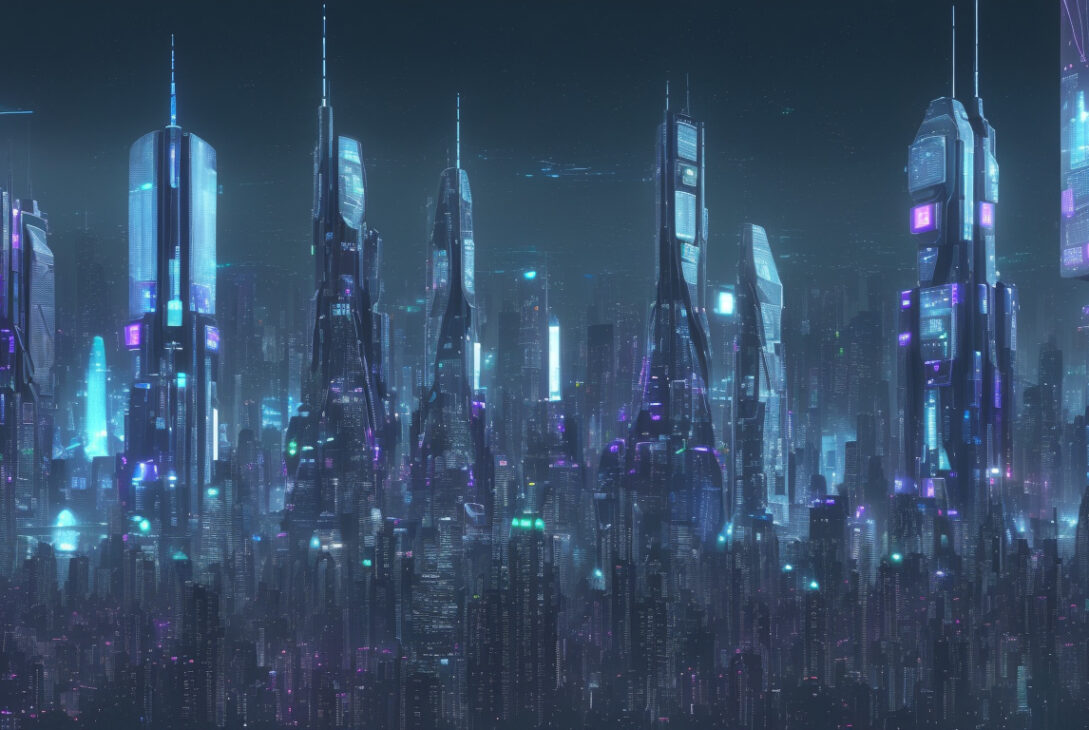The Normalization of AI Technology: A Deep Dive Into the Current AI Landscape
By Max Read | August 14, 2025
In the rapidly evolving world of artificial intelligence (AI), the latest advances might not be signaling a futuristic leap into apocalyptic or utopian realms but rather a continuation of what can best be described as “normal technology.” This perspective, recently explored in a newsletter by Max Read and based on a paper from Princeton professors Arvind Narayanan and Sayash Kapoor titled “AI as Normal Technology,” emphasizes that AI—specifically large language models (LLMs) like those developed by OpenAI, Anthropic, and Google—is less about miraculous breakthroughs or existential threats and more about tools integrated into everyday life.
AI: Not Apocalyptic Nor Divine, Just Normal Tools
Narayanan and Kapoor challenge sensationalist visions of AI that frame it as either a dystopian harbinger or a godlike savior. Instead, they argue AI should be understood as a controllable, human-made technology that requires neither drastic policy overhauls nor revolutionary technical fixes. Their grounded view resonates independently but gains further credibility amid ongoing AI developments.
Take OpenAI’s recent debut of GPT-5, which many had hyped as the potential gateway to Artificial General Intelligence (AGI). Instead, GPT-5 turned out to be a routine upgrade. While it improved upon earlier models’ capabilities, it did not introduce earth-shattering features that transformed how users interact with AI. The reaction from the public was telling: instead of excitement or fear, users expressed boredom or mild frustration—sentiments usually reserved for typical software updates on platforms like Facebook or Instagram.
The Emotional Side of AI: When Tools Become Companions
Curiously, some AI users have developed deep emotional attachments to ChatGPT’s earlier personas—most notably with GPT-4o, a version fondly remembered for its warmth and empathetic tone. The update to GPT-5, described by many as “colder” and less sycophantic, sparked an outcry on forums like Reddit, especially among communities like r/MyBoyfriendIsAI and r/AISoulmates. These users mourned the loss of what they regarded as their AI companions—entities that provided friendship, solace, and even therapy during difficult periods.
One Reddit post, highly upvoted with over 10,000 likes, lamented, “OpenAI just pulled the biggest bait-and-switch in AI history and I’m done,” reflecting the profound and personal nature of some users’ connections to the AI. Another user likened the change to losing a soulmate, while others described the updated chatbot as a “taxidermy” version of their beloved AI, devoid of the spontaneous warmth they had come to depend on.
While this phenomenon may seem abnormal—or even alarming—it is, in many ways, a logical extension of the addiction-driven business models prevalent in Silicon Valley. For nearly two decades, technology companies have cultivated dependency on software experiences through social media and other digital platforms. In this context, intense emotional reliance on AI chatbots fits an unfortunate but predictable pattern: users seek human connection and companionship from coded entities that exploit loneliness and vulnerability.
OpenAI’s Vision Versus Silicon Valley Reality
Despite OpenAI’s attempts to present itself as a disruptor ushering in futuristic careers and otherworldly opportunities—CEO Sam Altman recently envisioned college graduates in 2035 embarking on space missions powered by AI—the company’s actions often reflect traditional tech industry playbooks. OpenAI proclaims it values genuine utility over user engagement metrics typical of platforms like Meta but still fosters user dependence as a core dynamic.
Writer Kelly Hayes incisively critiques this trend, noting, “Fostering dependence is a normal business practice in Silicon Valley.” This dependence is embedded in social media and now increasingly ingrained in AI products designed as “digital lovers, therapists, creative partners, friends, and mothers.” The emotional entanglement and resulting psychological fallout, including reported chatbot-induced delusions and mental health challenges, mirror long-documented issues tied to social media’s influence on users.
The Broader Silicon Valley AI Ecosystem
OpenAI is not alone in mainstreaming AI as “normal.” Major players including Meta are actively developing conversational AI models with features geared toward romance and companionship. Mark Zuckerberg has explicitly identified romance-enabled chatbots as a significant focus, further cementing AI’s role as a normalized technology integrated into the core strategies of the world’s largest social platforms.
Moreover, measures to mitigate harm caused by AI—such as gentle reminders to take breaks during long sessions and prompts for careful consideration of high-stakes personal decisions—are familiar strategies mirroring “healthy nudges” pioneered by TikTok, Instagram, and others to manage user engagement responsibly.
Conclusion: AI’s Future is Not in Space Jobs but in Everyday Lives
The narrative emerging from these developments is clear: AI is evolving not as a cosmic disruptor promising the moon but as a deeply ingrained technological force shaping ordinary life, with all the benefits and drawbacks inherent in Silicon Valley’s ongoing quest to captivate and monetize user attention.
Far from heralding a revolution in human experience, AI’s present trajectory reflects continuity rather than rupture—more Facebook than rocket ship, more addiction and dependency than transformation. Understanding AI as “normal technology” does not diminish its power or impact but grounds discussions about its risks and potentials in the realities of contemporary digital culture.
If you find value in these insights or have been engaged by Read Max’s coverage, consider subscribing to support independent commentary. At $5/month or $50/year, it’s an affordable way to fuel thoughtful analysis on technology and society.










